Your shopping cart is currently empty!
For their successful, good life Information you really need: Government-funded publisher, awarded the Global Business Award as Publisher of the Year: Books, Magazine, eCourses, data-driven AI-Services. Print and online publications as well as the latest technology go hand in hand - with over 20 years of experience, partners like this Federal Ministry of Education, customers like Samsung, DELL, Telekom or universities. behind it Simone Janson, German Top 10 blogger, referenced in ARD, FAZ, ZEIT, WELT, Wikipedia.
Disclosure & copyrights: You will find statements & interviews from and with celebrities & important personalities - including Hollywood stars, ex-government leaders & managers. The image material was provided by the respective opinion provider.
OPINION! Ulrich Heide, board member of the German AIDS Foundation: “Acquiring donations via digital media is sobering”
By Simone Janson (More) • Last updated on October 01.11.2023, XNUMX • First published on 01.06.2016/XNUMX/XNUMX • So far 6376 readers, 1323 social media shares Likes & Reviews (5 / 5) • Read & write comments
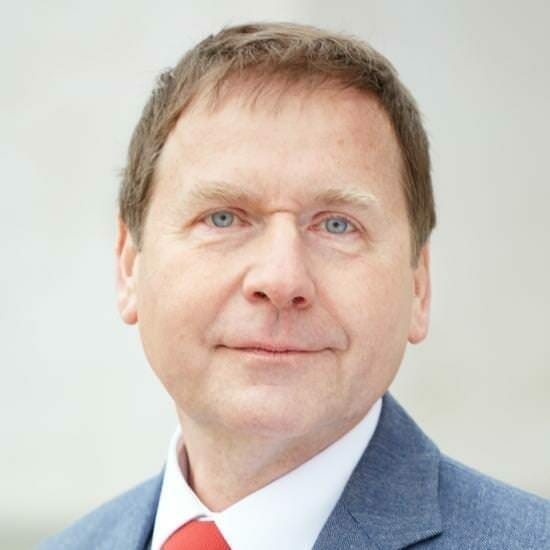
Ulrich Heide has been Managing Director of the German AIDS Foundation since 1996. In an interview, he explains why crowdfunding and internet campaigns have far less significance for the German AIDS Foundation than offline activities.
Ulrich Heide, born in Bad Pyrmont in 1953, had been the managing director of the German AIDS Foundation since August 1987.Positive life” and later full-time chairman of the board of this foundation. He studied educational science, history and Protestant religious education in Bonn and Cologne. He completed his studies in 1979 with the state examination for teaching, and in 1983 he received his doctorate in educational sciences from the University of Bonn. After completing his studies, Ulrich Heide initially worked in the church and as a freelance media educator. From 1982 to 1986 he was head of the audiovisual media department at the Federal Center for Health Education, where he was responsible for the agency's film production, among other things. From May 1986 to August 1987, Ulrich Heide was the managing director of the state association of the Greens in North Rhine-Westphalia.
- How exactly does the activities of the German AIDS Foundation look like?
- The books on the subject (advertising)
- What are the sources of your donation income and how do you make a percentage contribution?
- How do you attract donors?
- Discounts for your success (advertising)!
- A charity event, such as the annual gala organized by the German AIDS Foundation at the Düsseldorf Opera House, has recently generated net proceeds of 160.000 €. This is offset by an immense organizational effort. Is this payoff worthwhile?
- Are more traditional methods, such as charity events, important, or the possibility of the Internet?
- How strongly did you use the Internet to prepare such events and reach the participants by means of online ticket sales or social media tools, for example?
- Crowdfunding is increasingly being discussed in recent years as a new form of financing for art and cultural projects as well as for social projects. Do you see opportunities for your foundation here?
- How exactly is the donation money used?
- To what extent can your foundation actually influence AIDS research?
- OpenScience now offers the opportunity to document research results openly and transparently, to accelerate the dissemination of knowledge, and to develop new techniques and processes more quickly. Does your foundation take advantage of the possibilities offered by Open Science in the implementation of research projects?
- Top books on the subject
- Read text as PDF
- Advice on success, goal achievement or marketing
- Book eCourse on Demand
- Skate eBook as desired
How exactly does the activities of the German AIDS Foundation look like?
The German AIDS Foundation helps People with HIV and AIDS in emergency situations through financial assistance, most of which relates to maintaining and equipping the apartment. Medical aids such as glasses, hearing aids and dentures are the second most important area of these aid services. The foundation also supports projects by and for people with HIV and AIDS. The spectrum here ranges from support to advice and Communication created meeting points (breakfast offers in AIDS support centers or health authorities) to housing projects for people who need more intensive support.
For about 15 years, the foundation has also been supporting selected aid projects in southern Africa, the regions most affected by HIV and AIDS Welt. One focus is the DREAM program in Mozambique, in which the health centers we support try to prevent HIV-infected pregnant women from passing the virus on to their babies. In addition, the foundation has tried from the outset to promote the acceptance and integration of people with HIV and AIDS at home and abroad through its public relations work and to prevent their exclusion and discrimination.
The books on the subject (advertising)
What are the sources of your donation income and how do you make a percentage contribution?
The German AIDS Foundation finances foundations in Germany for sure comparatively atypical. The proportion of income from the foundation capital, which accounts for around 50% of the total income for the foundation, is only around 20% for us.
Also atypically low is the proportion of public Hand on our Financing. It is only about 1%, the average of the German AIDS Foundation is a good 10%. In contrast, the income from donations and charity projects is clearly disproportionate. They make up about two-thirds of our total income and decide thus about the efficiency of the foundation.
How do you attract donors?
When evaluating our mailing results, we can see that many of our donors support the foundation's work over a very long period of time. A number of donors have been helping us since the first few years after Foundation 1987 or since the early 90's. These donors have obviously been very conscious of helping out on behalf of one Organization on the subject of HIV and AIDS.
Discounts for your success (advertising)!
In addition to helping people in need, the socio-political aspect of HIV and AIDS may have played a decisive role. HIV and AIDS have always been about human rights. The majority of the donors we have been able to win over the past few years have been attracted to and able to attract the quality of our large fundraising projects, especially the Opera Galas and Art Auctions.
A charity event such as the annual gala organized by the German AIDS Foundation in the Düsseldorf Opera House recently achieved net proceeds of € 160.000. This is offset by an immense organizational effort. Is it worth the effort?
So far, the question can be answered in our view clearly yes. The German AIDS Foundation generates its free revenues to a much greater extent in connection with charity projects such as the galas than through mailings or donations Companys and associations. In addition, events that are held in public, such as the opera galas or the art auctions, often offer the opportunity to bring the topic of HIV and AIDS to the media and thus to the public.
In the last two years, this is becoming more and more difficult, as HIV and AIDS are generally still one of the most important problems in this country, although the more treatable infections are causing an increasing number of people living with HIV in our country. Currently approx. 83.000.
In addition, the experience gained in the donation acquisition via digital media - not just at the German AIDS Foundation - has so far been rather sobering. The share of on-line donations to our total income amounts to about one thousand, even though the foundation invests regularly in relaunching its Internet presence and in social media.
Are more traditional methods, such as charity events, important, or the possibility of the Internet?
As already explained in the previous question, traditional ones are currently for us Methods of fundraising - and by that I mean not only events, but also classic mailings - so far much more important than income from the Internet. This has been the case, at least so far clear for fundraising.
On the other hand, we see that the presence on the internet and social networks needed to reach younger people. As is well known, these are currently not the most important donor groups. For messages of mindfulness and Prävention with regard to HIV infections, however, we naturally see a need to be present here. So last fall, in cooperation with the University for media, communication and Economy produced the only current prevention spot in Cologne and was able to broadcast it widely on World AIDS Day with the support of a wide variety of television stations.
We currently use the internet and social media primarily to provide information about our work and to reach younger target groups with our topics and with prevention messages. Of course apply we also our events about this ways, but we don't have the impression that we're reaching the target groups that are relevant to us.
In particular, the high-priced tickets for our events that are associated with dinner or reception have so far primarily been requested via traditional channels. Online ticket sales have increased significantly in recent years, but only for tickets in the lower and middle price segment. This corresponds to the purchasing behavior for normal concert and opera visits. The higher-priced cards that contain more exclusive offers are hardly in demand this way.
Crowdfunding is increasingly being discussed in recent years as a new form of financing for art and cultural projects as well as for social projects. Do you see opportunities for your foundation here?
In theory yes, in practice hardly ever. From our point of view, the public awareness when it comes to HIV and AIDS, it certainly makes it difficult to implement successful crowdfunding initiatives on this topic. However, we do not consider unjustified dramatizations or scandals, which could draw attention in the short term, to be a viable medium or long-term path.
How exactly is the donation money used?
Direct financial aid plays a key role for individuals affected by HIV and AIDS. Support for projects by and for this group is also still important. The spectrum of assistance here ranges from prevention offers, such as information stands in city centers, to communication offers for people with HIV and AIDS, especially for families and single parents Women and their children, to housing projects for people in particular need of support with HIV and AIDS.
In addition, we have been supporting exemplary projects in southern Africa for a good 15 years. For almost 10 years we have seen a focus on the financing of the DREAM program in Mozambique. In this program, around 40.000 people with HIV and AIDS are treated with antiretroviral drugs and are thus given a new perspective on life. The German AIDS Foundation concentrates on the promotion of 3 treatment centers in Maputo, Matola and Beira, which also focus on preventing the virus transmission from HIV-infected pregnant women to their children. This program is extraordinary successfully. Less than 2% of the children born in the program have been born with an HIV infection in recent years, and less than 1% last year.
To what extent can your foundation actually influence AIDS research?
As a rule, medical and scientific research requires funds that we cannot even begin to provide. We also see the pharmaceutical industry here – which has made enormous progress over the past 25 years – and state-funded research institutions in the mandatory.
At the moment, however, we are striving to promote coordination between German scientists working on the development of HIV vaccines through a very manageable financial subsidy. At the same time, we believe that our public relations work and our contacts with the media and politics can help to promote the need for a more intensive promotion of this area.
OpenScience now offers the opportunity to document research results openly and transparently, to accelerate the dissemination of knowledge, and to develop new techniques and processes more quickly. Does your foundation take advantage of the possibilities offered by Open Science in the implementation of research projects?
The foundation itself does not research. The results of the research can not be disseminated through Open Science. This question will be addressed in the already mentioned support for the development of cooperation platforms.
Here, however, it is important to decide whether it is possible to convince researchers of the need for open and trusting cooperation. This would question many of the traditional ways of doing so at the chairs and, if you will, in the academic ivory tower. The foundation will be able to contribute to such a development at best.
Top books on the subject
Read text as PDF
Acquire this text as a PDF (only for own use without passing it on according to Terms and conditions): Please send us one after purchase eMail with the desired title supportberufebilder.de, we will then send the PDF to you immediately. You can also purchase text series.
4,99€Buy
Advice on success, goal achievement or marketing
You have Ask about career, Recruiting, personal development or increasing reach? Our AIAdviser helps you for 5 euros a month – free for book buyers. We offer special ones for other topics IT services
5,00€ / per month Book
Book eCourse on Demand
Up to 30 lessons with 4 learning tasks each + final lesson as a PDF download. Please send us one after purchase eMail with the desired title supportberufebilder.de. Alternatively, we would be happy to put your course together for you or offer you a personal, regular one eMail-Course - all further information!
29,99€Buy
Skate eBook as desired
If our store does not offer you your desired topic: We will be happy to put together a book according to your wishes and deliver it in a format of yours Choice. Please sign us after purchase supportberufebilder.de
79,99€Buy
Here writes for you
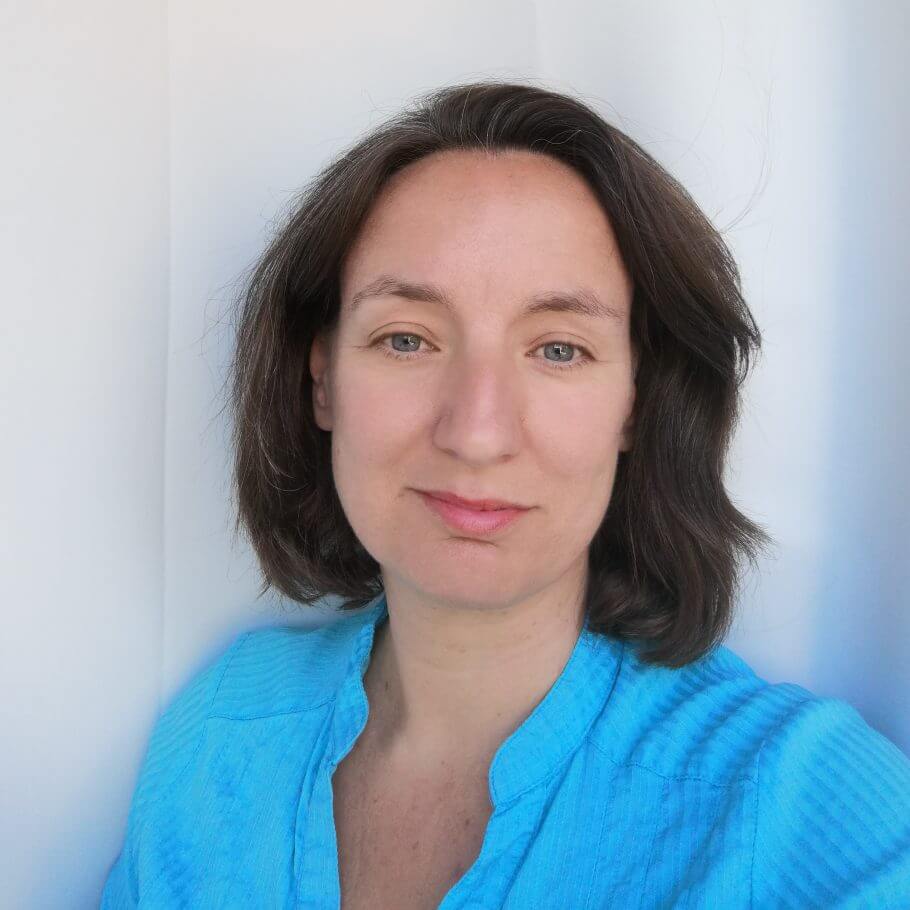 Simone Janson is publisher, Consultant and one of the 10 most important German bloggers Blogger Relevance Index. She is also head of the Institute's job pictures Yourweb, with which she donates money for sustainable projects. According to ZEIT owns her trademarked blog Best of HR – Berufebilder.de® to the most important blogs for careers, professions and the world of work. More about her im Career. All texts by Simone Janson.
Simone Janson is publisher, Consultant and one of the 10 most important German bloggers Blogger Relevance Index. She is also head of the Institute's job pictures Yourweb, with which she donates money for sustainable projects. According to ZEIT owns her trademarked blog Best of HR – Berufebilder.de® to the most important blogs for careers, professions and the world of work. More about her im Career. All texts by Simone Janson.
3 Responses to “OPINION! Ulrich Heide, board member of the German AIDS Foundation: “Acquiring donations via digital media is sobering”“
-
Interview with Ulrich Heide, board member of the German AIDS Foundation: Acquiring donations online
-
Interview with Ulrich Heide, board member of the German AIDS Foundation: "Donation acquisition via digita ... - Recommended contribution VM31zwqgTI #Creation #Education
-
Interview with Ulrich Heide, CEO of the German AIDS Foundation: "Donation quotes on ... via BERUFEBILDER - Recommended contribution xyP2Jssihg
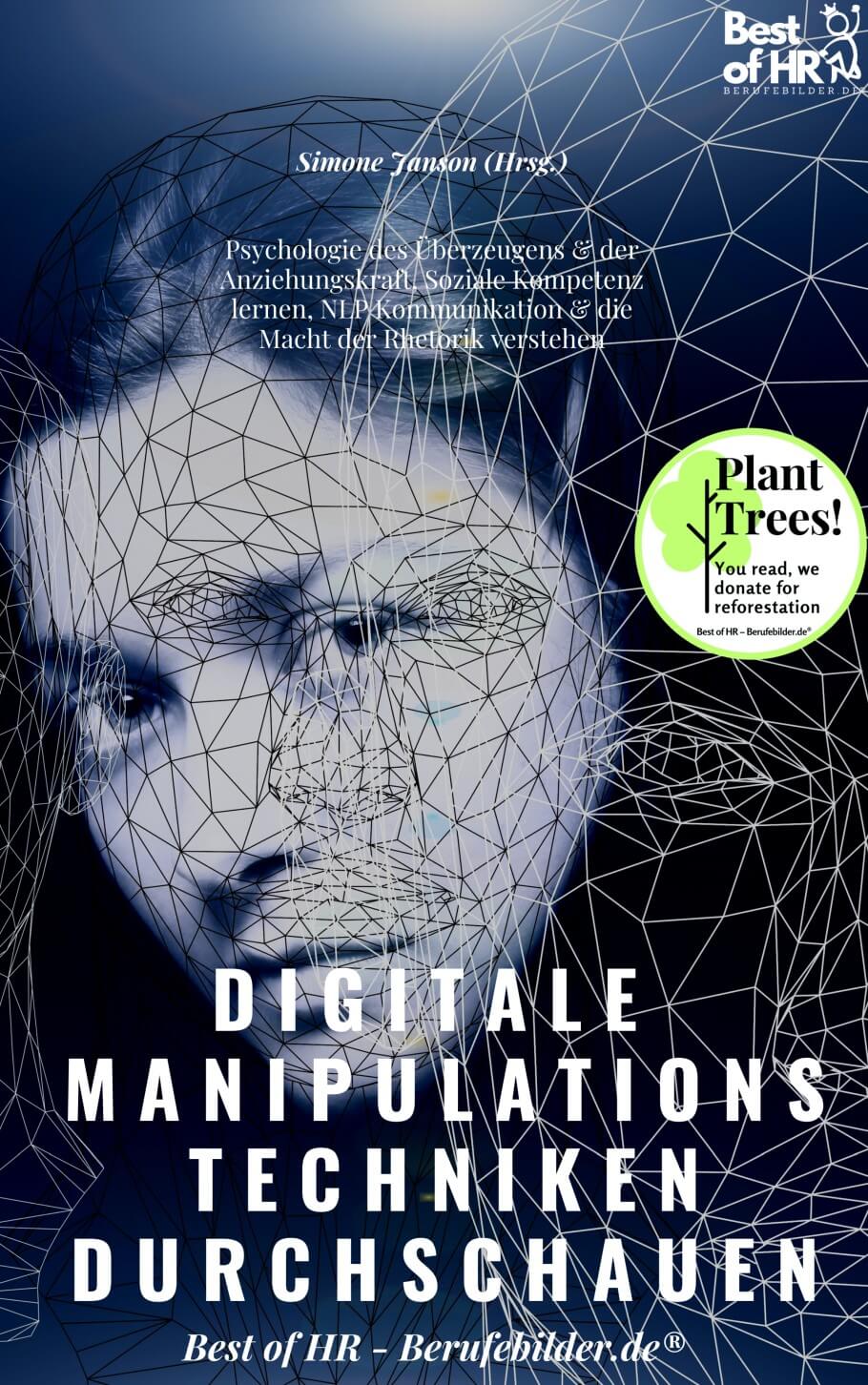

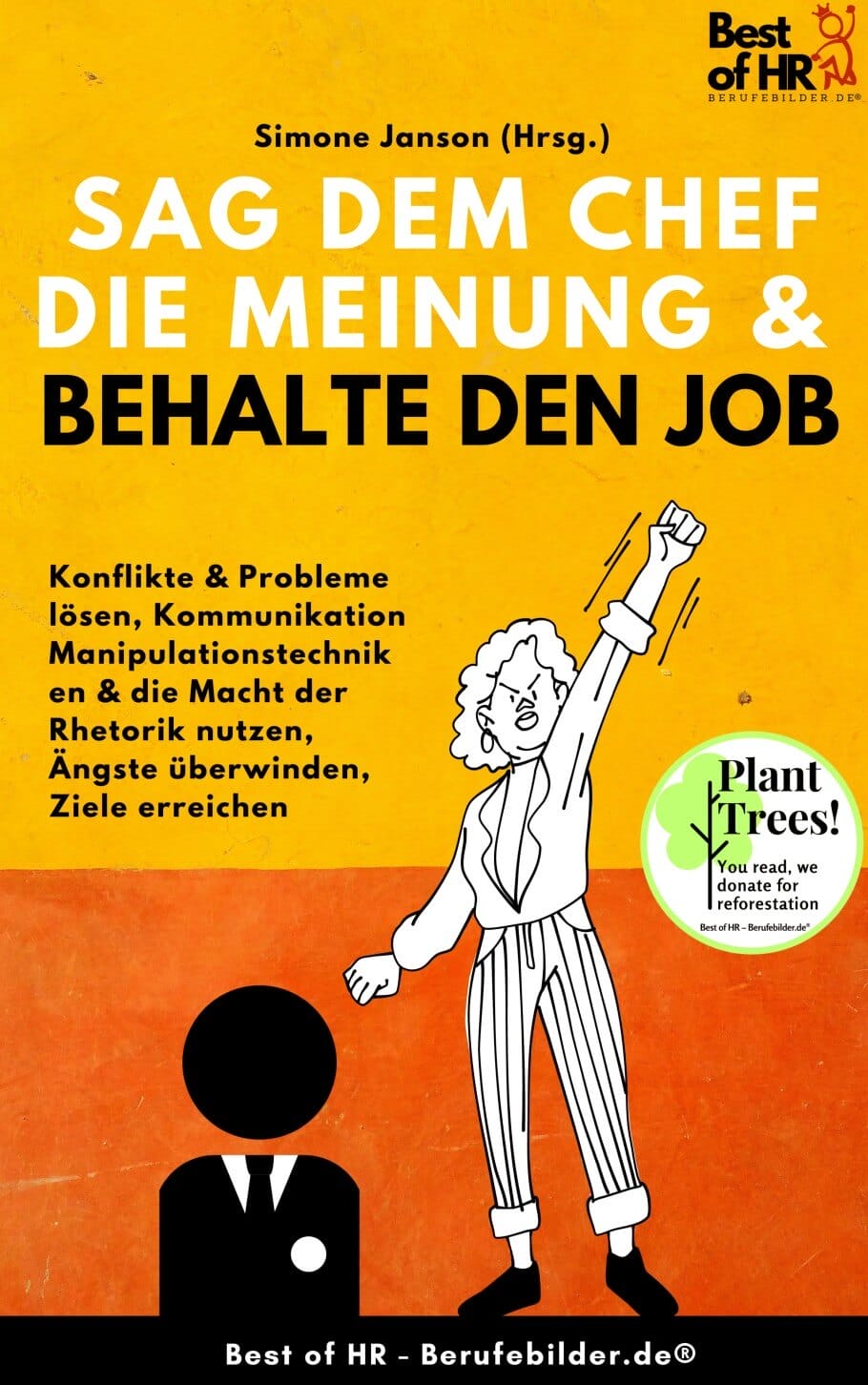
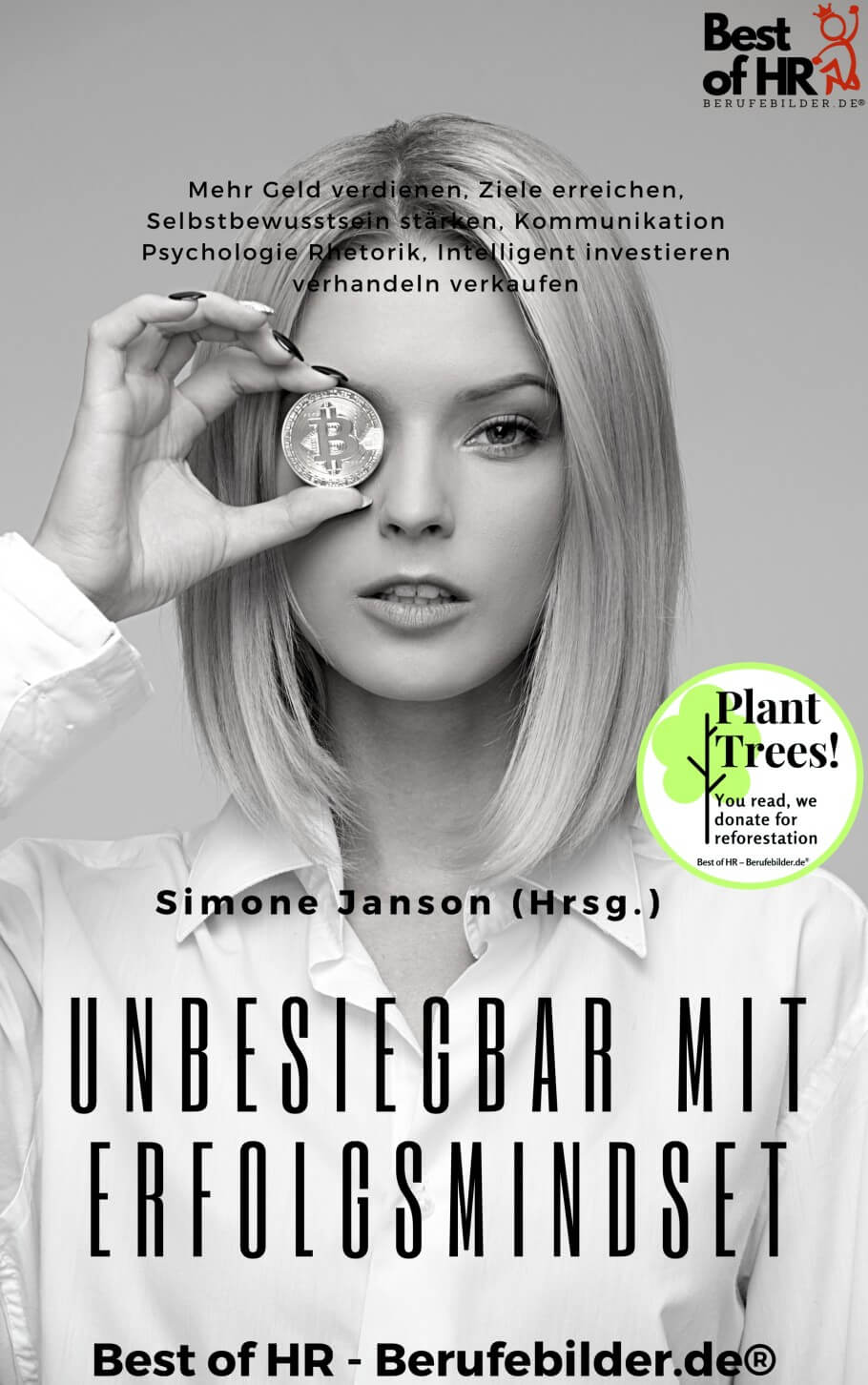
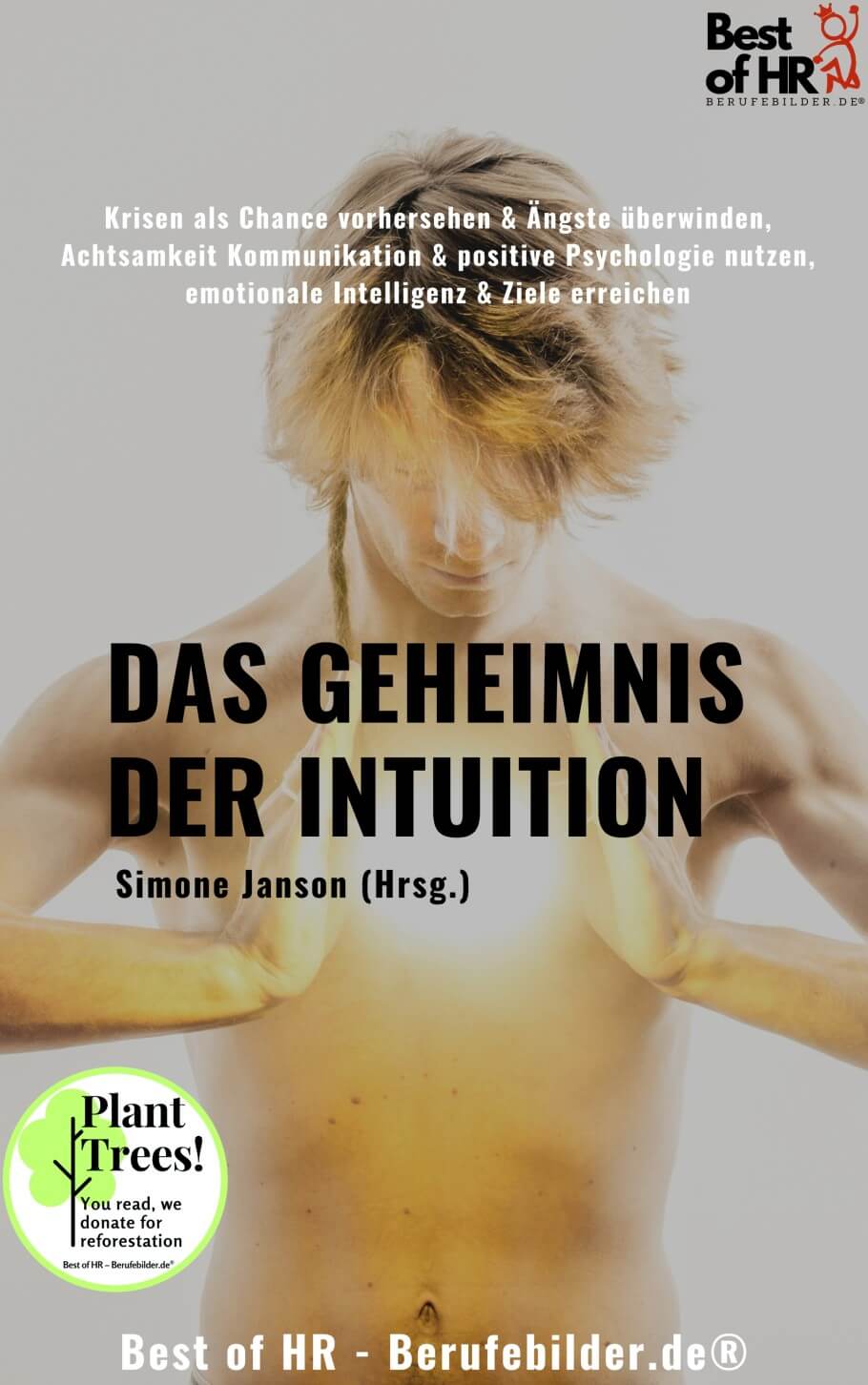
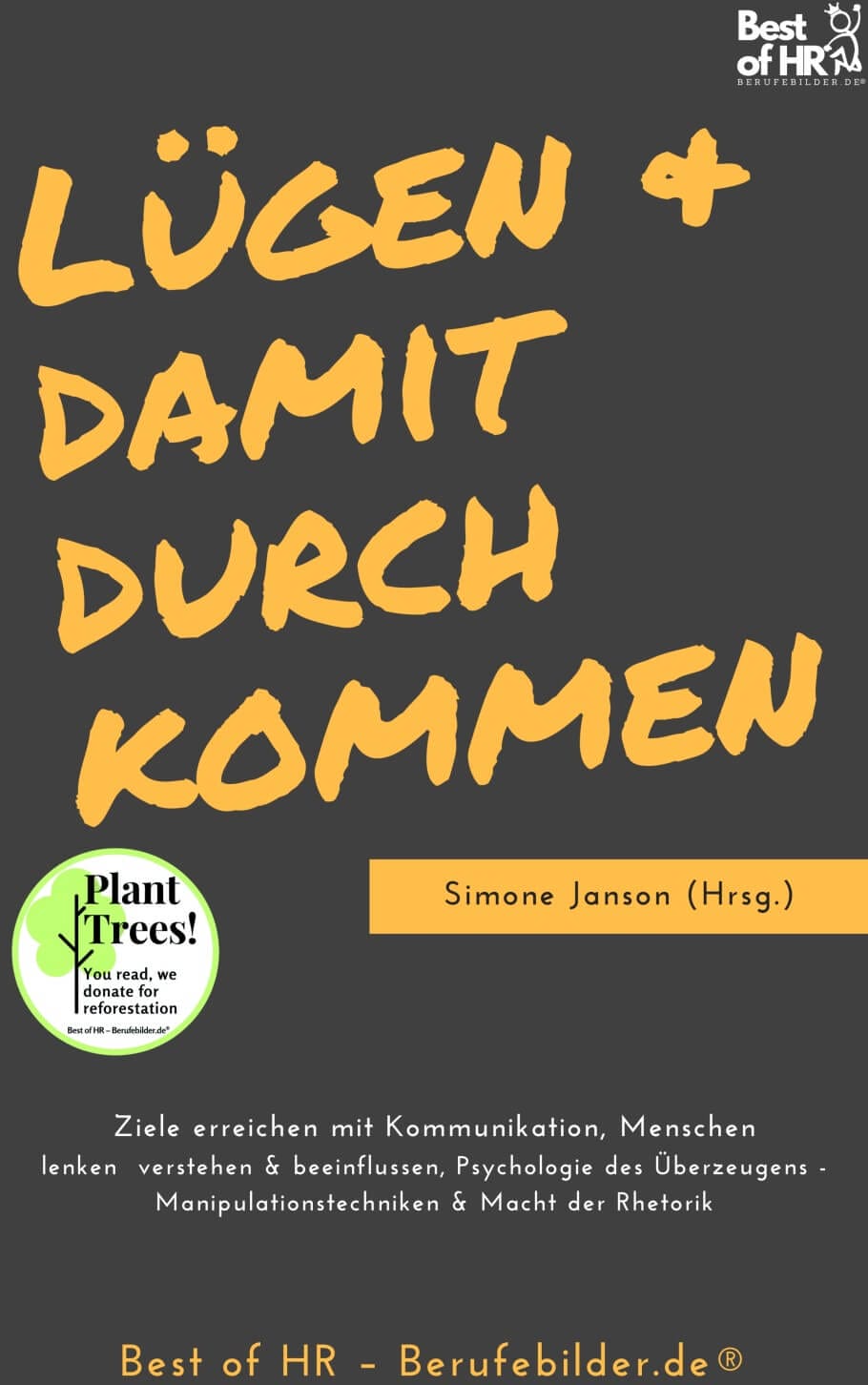












Post a Comment